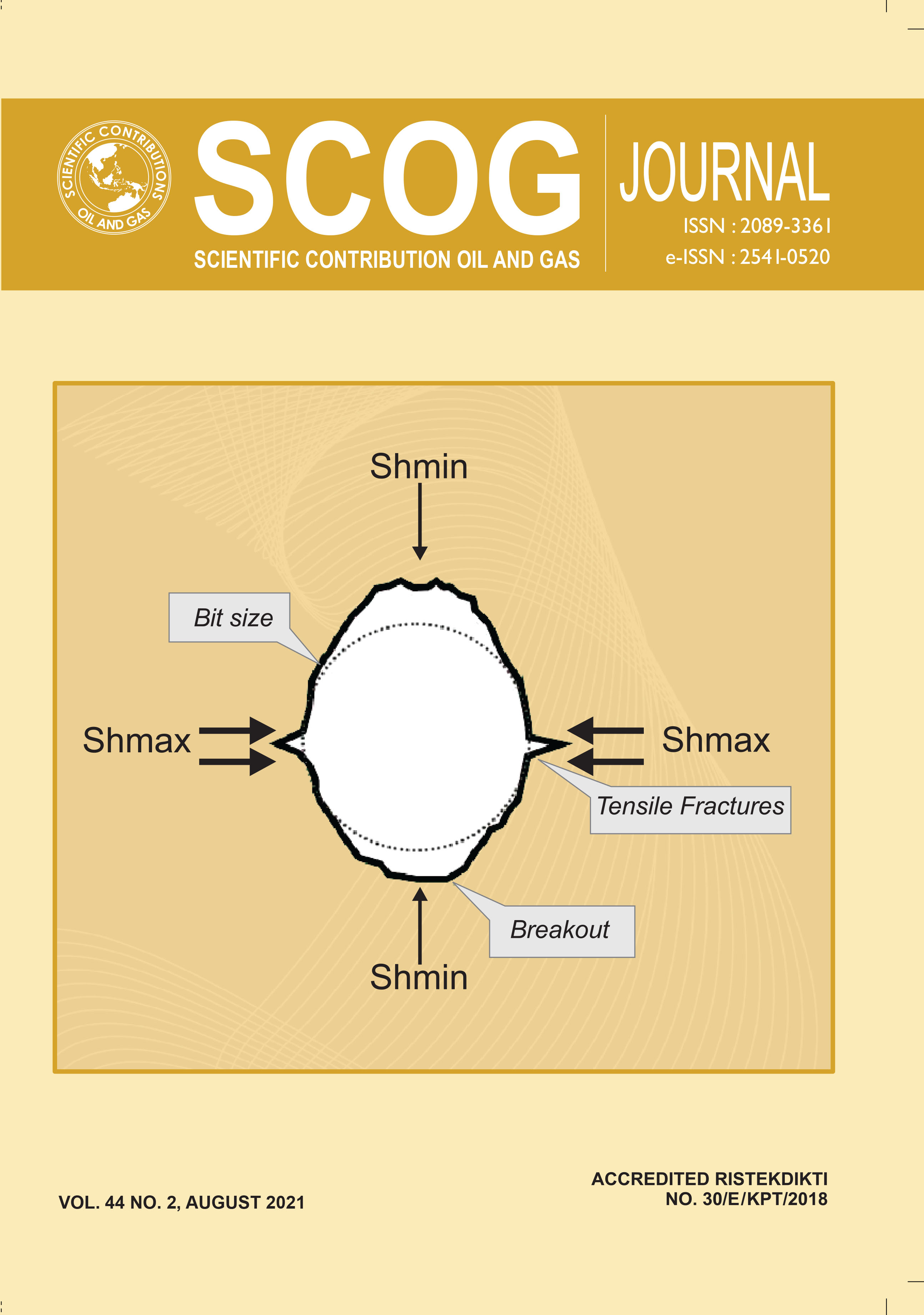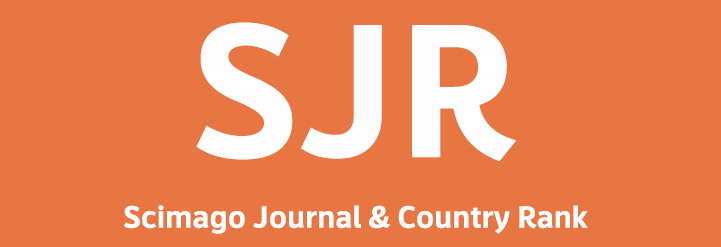Source Sink Matching for Field Scale CCUS CO2-EOR Application in Indonesia
DOI:
https://doi.org/10.29017/SCOG.44.2.586Keywords:
CCUS, EOR, source sinkAbstract
The carbon capture utilization and storage (CCUS) referred in this paper is limited to the use of CO2Â to the enhanced oil recovery (CO2-EOR). The CCUS CO2-EOR technology can magnify oil production substantially while a consistent amount of the CO2Â injected remains sequestrated in the reservoir, which is beneficial for reducing the greenhouse gas emission. Therefore, this technology is a potentially attractive win-win solution for Indonesia to meet the goal of improved energy supply and security, while also reducing CO2Â emissions over the long term. The success of CCUS depends on the proper sources-sinks matching. This paper presents a systematic approach to pairing the CO2Â captured from industrial activities with suitable oil fields for CO2-EOR. Inventories of CO2Â sources and oil reservoirs were done through survey and data questionnaires. The process of sources-sinks matching was preceded by identifying the CO2Â sources within the radius of 100 and 200 km from each oil field and clustering the fields within the same radius from each CO2Â source. Each cluster is mapped on the GIS platform included existing and planning right of way for trunk pipelines. Pairing of source-sink are ranked to identify high priority development. Results of this study should be interest to project developers, policymakers, government agencies, academicians, civil society and environmental non-governmental organization in order to enable them to assess the role of CCUS CO2-EOR as a major carbon management strategy.
References
Advanced Resources International (ARI), Inc., 2011, Global Technology Roadmap for CCS in Industry: Sectoral Assessment CO2 Enhanced Oil Recovery, United Nations Industrial Development Organization.
Al Adasani, A. & Bai, B., 2011, Analysis of EOR projects and updated screening criteria, Journal of Petroleum Science and Engineering 79(1): 10-24, DOI: 10.1016/j.petrol.2011.07.005.
Chen, Wenying., Huang, Lingyan. Xiang, Xing., et al., 2011, GIS Based CCS Source-Sink Matching Models and Decision Support System, Energy Procedia 4 (2011): 5999-6006, Science Direct.
Chon, R.O., Saputra, D.D.S.M., Firdaus, N., 2019, Preliminary CO2 Project Implementation Priority with Multicriteria Analysis Approach using CO2 Source-Sink Networking Models in Pertamina EP Fields, JCY Proceeding 2019, Yogyakarta.
Firdaus, N., Chon, R.O., Saputra, D.D.S.M., 2019, Source-Sink Matching for CO2-EOR Application with Network Clustering Methods in Pertamina EP Fields, JCY Proceeding 2019, Yogyakarta.
IEA, 2020, Energy Technology Perspectives 2020: Special Report on Carbon Capture Utilisation and Storage, International Energy Agency, Paris.
OECD/IEA, 2015, Storing CO2 through Enhanced Oil Recovery: Combining EOR with CO2 storage (EOR+) for profit, International Energy Agency, Paris.
PPPTMGB “LEMIGASâ€, 2018, Laporan Final Studi Pemetaan Potensi Implementasi Injeksi CO2 di Indonesia, Study report for PT Pertamina EP, Jakarta.
SKK MIGAS, 2019, the 2019 Annual Report SKK MIGAS, Jakarta.
Taber, J.J., Martin, F.D., & Seright, R.S., 1997, EOR Screening Criteria Revisited – Part 2: Applications and Impact of Oil Prices, SPE Reservoir Engineering, 12(3), 199-205.
Usman, Utomo P., Iskandar, Sugihardjo, Heru L., 2014, A Systemic Approach to Source- Sink Matching for CO2-EOR and Sequestration in South Sumatera, Energy Procedia, 63, 7750-7760.
Downloads
Published
Issue
Section
License
Copyright (c) 2021 SCIENTIFIC CONTRIBUTIONS OIL AND GAS (SCOG)

This work is licensed under a Creative Commons Attribution 4.0 International License.
Authors are free to Share — copy and redistribute the material in any medium or format for any purpose, even commercially Adapt — remix, transform, and build upon the material for any purpose, even commercially.
The licensor cannot revoke these freedoms as long as you follow the license terms, under the following terms Attribution — You must give appropriate credit , provide a link to the license, and indicate if changes were made . You may do so in any reasonable manner, but not in any way that suggests the licensor endorses you or your use.
No additional restrictions — You may not apply legal terms or technological measures that legally restrict others from doing anything the license permits.














